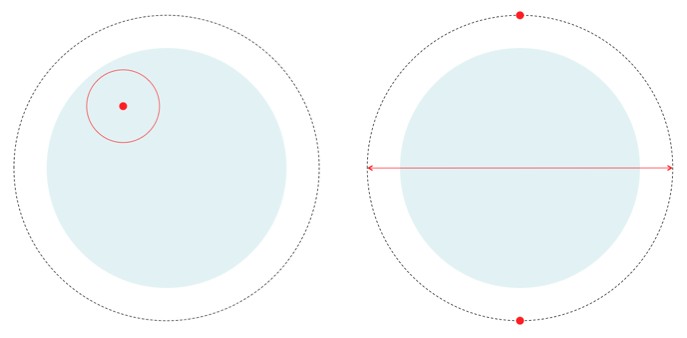Neddy Bate
Valued Senior Member
How does anything not infinite approach infinity, though...
The phrase "approach infinity" is not a very good one, and unfortunately I tend to use it because it was taught to me when I learned about mathematical limits. A better phrase would probably be "increase without bound".
For every circle of finite radius that you can imagine, there is another larger circle of finite radius that you can imagine, (simply add one to the radius, for example). Let your larger circle become the first circle, and then repeat this process over and over again.
The large circle never reaches infinite radius, and so in that sense, the phrase "approach infinity" can seem misleading if it suggests eventually reaching infinity. That's why the phrase "increase without bound" is probably a better one.




